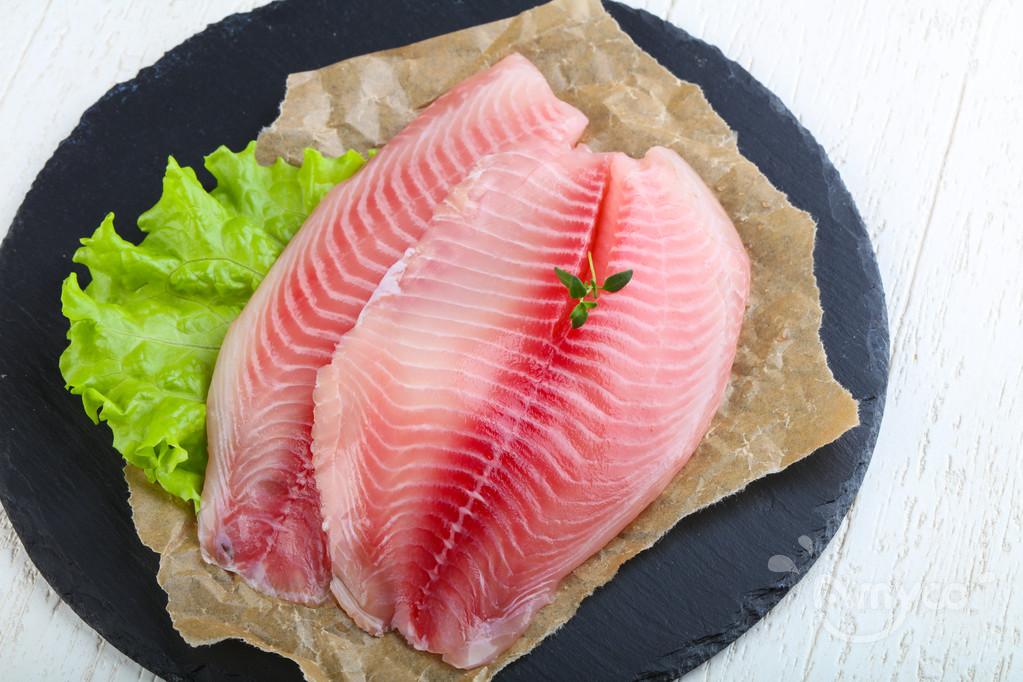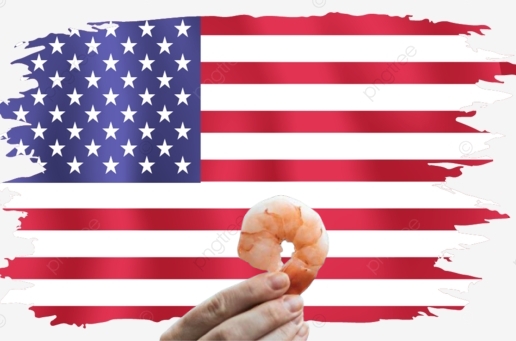U.S. tariffs have increased in 2025,how is situation now?
In April 2025, the US tariff policy on Chinese aquatic products came into full effect, causing a surge in the cost of Chinese seafood exports to the US and a sharp decline in market competitiveness.
According to data from the US National Oceanic and Atmospheric Administration (NOAA), the total amount of seafood imported by the US from China in April 2025 was US$86.7 million, but the tariffs imposed were as high as US$32.1 million, and the tax rate soared to 37%, more than double the 16% in the same period of 2024. Among them, China's tilapia exports were hit the hardest, with a tariff of US$10.5 million imposed on imports of US$23.4 million, a tax rate of up to 44%.
On April 2, the Trump administration signed an executive order announcing additional tariffs on global seafood imports, with China being the biggest "affected". The new tariff measures took effect on April 5, and the affected commodities exported by China to the United States include major aquatic products such as tilapia, swimming crabs, and shrimp.

In recent years, China's aquatic product exports to the United States have been greatly reduced due to factors such as the US-China trade friction, 301 tariffs, and tightened domestic regulations in the United States. This tariff upgrade may completely change the landscape of Chinese aquatic products in the US market. The United States used to be one of the main export markets for Chinese aquatic products, but now, the high tariff costs make it difficult for Chinese suppliers to maintain price competitiveness.
In addition to China, other major seafood exporting countries in Asia are also seriously affected. Vietnam's shrimp exports face a high tariff of 46%, Thailand's 36%, and India's 26%. In contrast, seafood from Ecuador and Chile are subject to only a 10% tariff, which significantly improves their competitive advantage and may further seize market share in the future.
The United States is the world's largest consumer of seafood, with imports accounting for more than 65% of the total supply. High tariffs will directly increase import costs, which will ultimately be paid by American consumers. The National Fisheries Industry Association (NFI) warned that this policy could threaten 1.6 million jobs in the US seafood industry and increase market instability.
Reference : YUYIPAI





